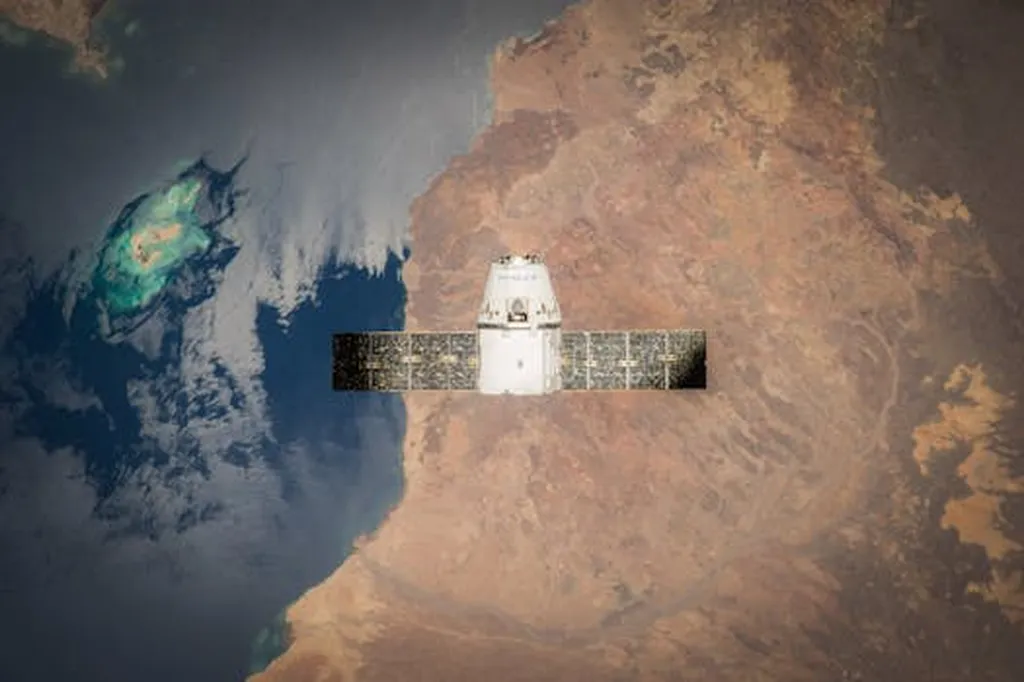In an era where precise and timely land monitoring is more critical than ever, a groundbreaking review published in the journal *传感器* (Sensors) is set to redefine how we approach environmental and economic challenges. Led by Yizhe Li from the College of Engineering at China Agricultural University, the research delves into the transformative potential of integrating optical, radar, and LiDAR satellite technologies, supported by deep learning, to enhance our understanding of land surfaces.
The study highlights the inherent limitations of relying on single-source remote sensing data. Optical sensors, for instance, are often hindered by cloud cover, while radar data can suffer from speckle noise, and LiDAR systems may lack sufficient spectral information. By synergistically harmonizing these technologies, the research demonstrates how their complementary strengths can overcome these individual weaknesses, leading to more comprehensive and accurate land monitoring.
“Integrating these diverse data sources not only fills the gaps left by each technology but also unlocks new possibilities for applications ranging from land cover mapping to disaster mitigation,” says Li. This integration is further bolstered by advancements in machine learning and deep learning algorithms, which play a pivotal role in processing and analyzing the harmonized data.
The review explores various data fusion levels and preprocessing techniques, emphasizing the role of artificial intelligence in revolutionizing land monitoring. It discusses key applications across multiple domains, including forest monitoring, urban planning, agricultural management, and natural hazard assessment. The enhanced accuracy and scope offered by this synergistic approach are poised to have significant commercial impacts, particularly in the energy sector, where precise land monitoring is crucial for sustainable development and efficient resource management.
However, the research also identifies persistent challenges, such as technical complexities in data integration, issues with data availability and accessibility, and the need for standardization. Li emphasizes the importance of future research directions, including advanced AI techniques, novel fusion methods, improved data infrastructure, and interdisciplinary collaboration.
As the world grapples with climate change and the need for sustainable development, this review offers a compelling vision for the future of land monitoring. By leveraging the synergy of optical, radar, and LiDAR technologies, supported by deep learning, we can achieve more robust and timely monitoring of land surface conditions. This not only enhances our ability to address environmental challenges but also opens up new opportunities for economic growth and societal benefit.
In the words of Li, “The future of land monitoring lies in our ability to integrate and innovate, harnessing the power of technology to create a more sustainable and resilient world.” With this research, we are one step closer to realizing that vision.

